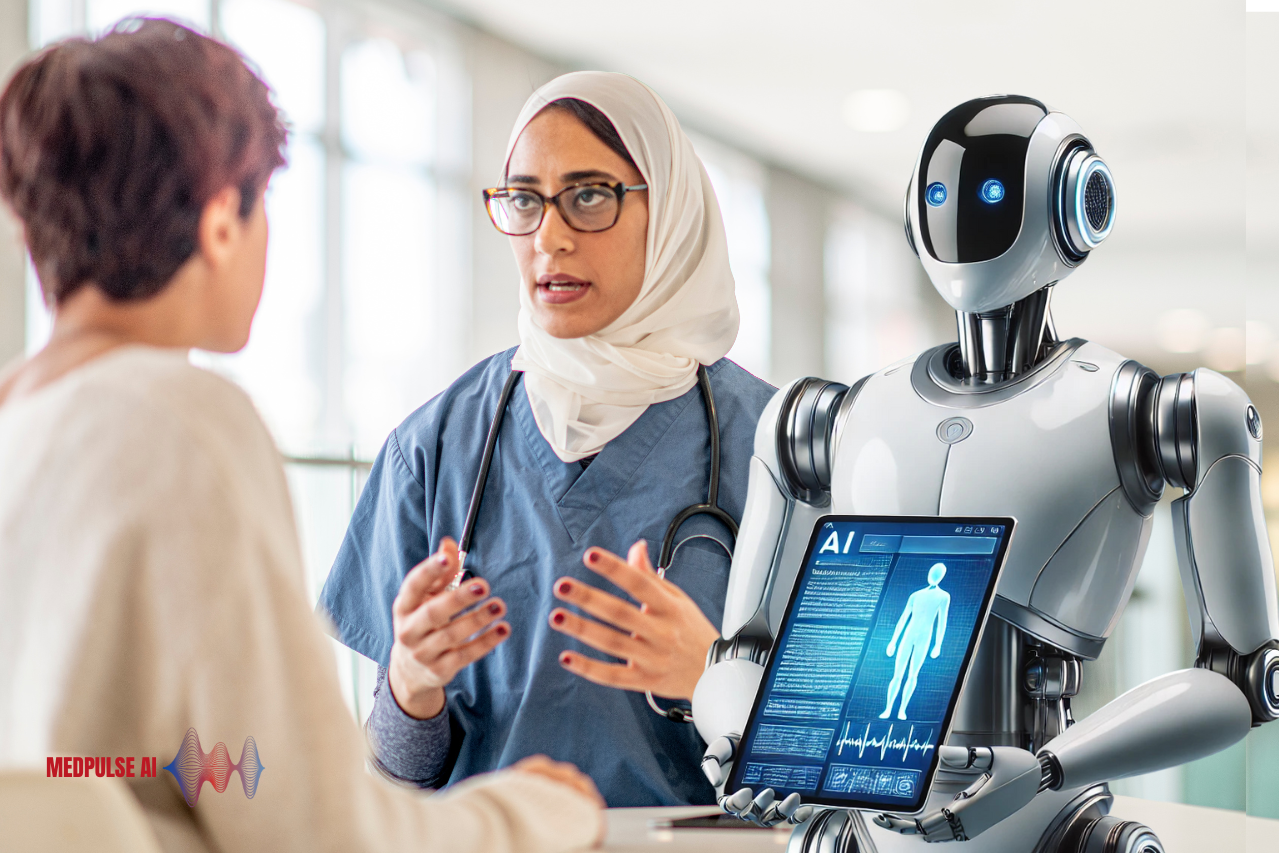A research team led by Dr. Ho Sang Jung at the Korea Institute of Materials Science (KIMS) has developed an advanced sensor material that enhances the detection of cancer metabolites in body fluids such as saliva, mucus, and urine. By utilizing artificial intelligence (AI) to analyze these amplified optical signals, this innovation offers a non-invasive alternative to traditional diagnostic methods like blood tests and biopsies.
In collaboration with Professor Soo Woong Yoo from Chonnam National University Hospital, the team successfully diagnosed colorectal cancer by employing a plasmonic needle. This needle, capable of amplifying Raman signals, was inserted through a 1-millimeter opening alongside a colonoscopy camera to gently swab the tumor’s surface without causing bleeding, allowing for detailed compositional analysis.
Additionally, the researchers partnered with Professor Byung-Ho Chung at Samsung Medical Center to develop a method for detecting and staging lung cancer through saliva analysis. Lung cancer patients exhale volatile organic compounds (VOCs) that differ from those of healthy individuals; these VOCs dissolve in saliva, serving as biomarkers. The team created paper-based sensors that, when combined with AI, can distinguish between healthy individuals and lung cancer patients and determine the cancer’s stage.

Inspired by the keen olfactory abilities of dogs, which can detect cancer-related metabolites in human body fluids, the team aimed to replicate this natural diagnostic capability in their sensor technology. By employing plasmonic materials that amplify Raman signals by over 100 million times, they achieved high-sensitivity detection of metabolites without relying on complex or expensive equipment. AI analysis and mathematical modeling were utilized to identify diagnostic biomarkers.
Dr. Ho Sang Jung emphasized the broader potential of this technology, stating, “The developed technology can be expanded not only to diagnose cancer but also to diseases with poorly understood diagnostics, such as synaptic diseases.” He added, “We will enter the global diagnostic market based on domestic source technologies and take the lead in developing technologies that people can experience.”
This innovative approach was recognized as the top research achievement in KIMS’s ‘Top 10 Outstanding Research Achievements of the Year’ survey last year, and the team continues to advance their groundbreaking work.
Cancer remains a leading cause of death worldwide, with the World Health Organization (WHO) reporting nearly 10 million deaths in 2020. In 2022, the global cancer burden continued to grow, with an estimated 20 million new cases and 9.7 million deaths.
Early detection is crucial in improving survival rates, as it allows for timely intervention and treatment. Innovations in non-invasive diagnostic tools, such as the AI-driven sensor developed by Dr. Ho Sang Jung’s team, play a vital role in identifying cancer at earlier stages, potentially reducing mortality and enhancing patient outcomes.
Sources
WHO Cancer Fact Sheet KIMS Research Overview TechExplorist: AI in Cancer Detection WHO Global Cancer BurdenAre you interested in how AI is changing healthcare? Subscribe to our newsletter, “PulsePoint,” for updates, insights, and trends on AI innovations in healthcare.




